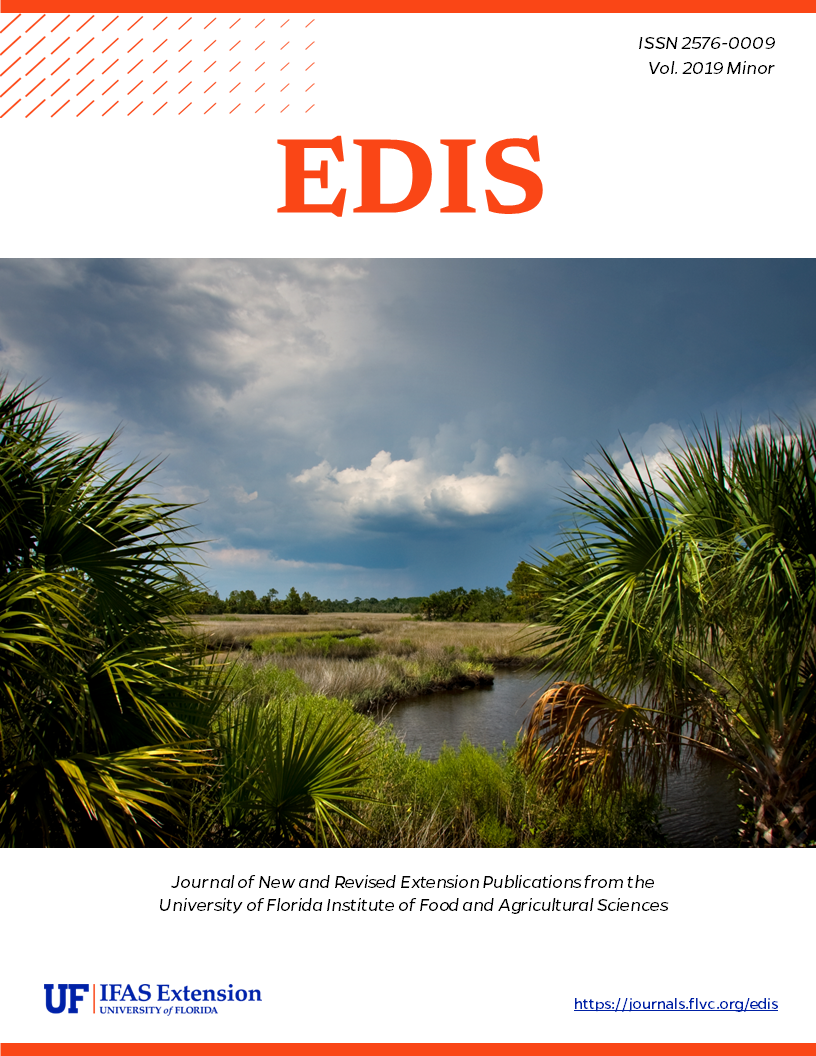Resumen
Greenhouse ventilation involves removing air from inside the greenhouse and replacing it with outside air. The ventilation may be natural (caused by wind and temperature forces) or mechanical (accomplished by using fans). The purposes of ventilation are to control high temperatures during the summer caused by the influx of solar radiation, to maintain relative humidity at acceptable levels during winter, to provide uniform air flow throughout the greenhouse, and to maintain acceptable levels of gas concentration in the greenhouse. Ventilation systems for greenhouses must be considered for three climatic conditions that typically occur during the year—winter, summer, and spring–fall. This 4-page fact sheet is a minor revision written by J. A. Watson, C. Gómez, D. E. Buffington, R. A. Bucklin, R. W. Henley, and D. B. McConnell, and published by the Department of Agricultural and Biological Engineering, November 2019.
Citas
Grange, R. I., and D. W. Hand. 1987. "A review of the effects of atmospheric humidity on the growth of horticultural crops." Journal of Horticultural Science 62(2): 125-134. https://doi.org/10.1080/14620316.1987.11515760
Jovicich, E., D. J. Cantliffe, S. A. Sargent, and L. S. Osborne. 2004. Production of Greenhouse-Grown Peppers in Florida. HS979. Gainesville: University of Florida Institute of Food and Agricultural Sciences. https://doi.org/10.32473/edis-hs228-2004
Körner, O., and H. Challa. 2003. "Process-based humidity control regime for greenhouse crops." Computers and Electronics in Agriculture 39(3): 173-192. https://doi.org/10.1016/S0168-1699(03)00079-6

